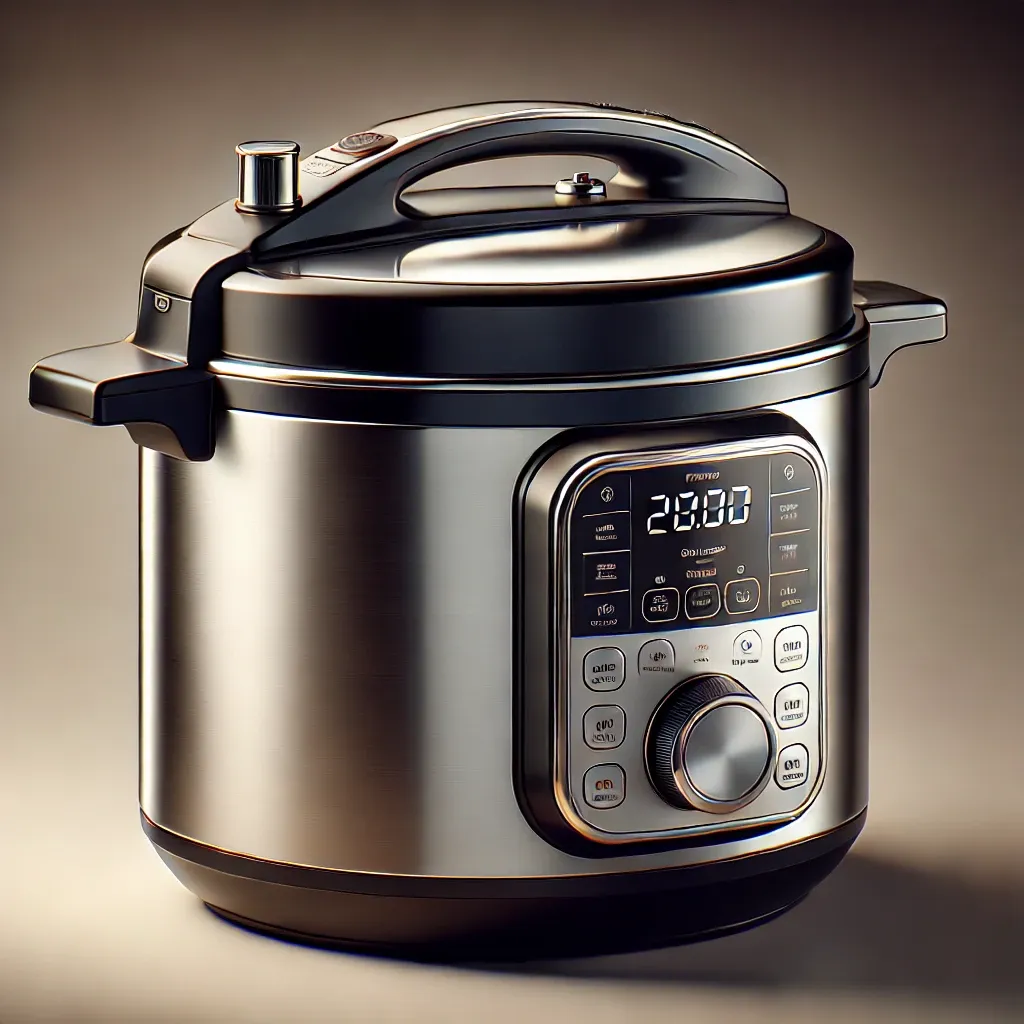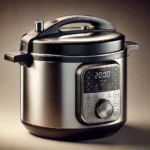Curious about how to make a pressure cooker? This article guides you through creating a pressure rice cooker, a pressure rice pot, and the castle pressure cooker. Learn step-by-step methods and essential tips for building these kitchen essentials!
Pressure cookers have become indispensable in modern kitchens, providing a fast and efficient way to prepare meals. Whether you’re making a delicious meal with a pressure rice cooker or creating your own custom cooker at home, knowing the basics of how to make a pressure cooker is essential. This article will guide you through the different types of pressure cookers, including the pressure rice cooker, pressure rice pot, and castle pressure cooker, exploring their unique features and how to construct each one.
Pressure Rice Cooker: A Practical Approach to Quick Cooking
The pressure rice cooker is a must-have in any household, especially for those who love to prepare rice quickly without compromising on quality. It operates by using steam to cook the rice faster than traditional methods. But what if you wanted to create one from scratch?
Here’s a quick overview of how you can make a pressure rice cooker, focusing on the key components and considerations:
Key Components of a Pressure Rice Cooker
-
Pressure Valve A small but crucial part that controls the internal pressure to ensure safety.
-
Sealing Ring This rubber or silicone ring creates an airtight seal, preventing steam from escaping.
-
Cooking Chamber The section where the rice and water are placed, designed to withstand high pressure.
-
Control Mechanism Some pressure cookers come with digital controls that let you adjust the pressure and cooking time.
How to Make One:
-
Step 1 Start with a large stainless steel pot that can handle high pressure.
-
Step 2 Install a secure, pressure-resistant lid, ensuring it locks tightly when closed.
-
Step 3 Add the sealing ring to the lid, ensuring it fits snugly to prevent steam leakage.
-
Step 4 Attach the pressure valve to control the steam pressure. This is essential to prevent overcooking or accidents.
-
Step 5 Build in a cooking rack for placing the rice and water without letting them touch the base.
Why This Cooker is Effective
Making your own pressure rice cooker offers flexibility and customization, but it requires precision engineering to ensure safety. If you’re not comfortable with working with pressure devices, it’s better to purchase one from a trusted brand.
👉 Learn more about Pressure Rice Cookers 👈
Pressure Rice Pot: A Customizable Solution for Rice Cooking
The pressure rice pot is a versatile kitchen appliance designed specifically for cooking rice quickly and efficiently. Unlike the traditional rice cooker, which relies on heat alone, the pressure rice pot uses pressurized steam to cook rice faster and with better texture.
Features of a Pressure Rice Pot
-
Pressure-Release Valve Helps maintain the correct pressure level for safe operation.
-
Multi-Layer Insulation Keeps the heat inside and ensures even cooking.
-
Adjustable Pressure Settings Gives you control over how much pressure is used based on the type of rice you’re cooking.
-
Non-Stick Inner Pot Prevents rice from sticking, ensuring easy cleaning.
-
Timed Cooking Allows you to set a cooking schedule for perfectly timed rice.
How to Make One:
-
Step 1 Choose a durable, heat-resistant pot as the base.
-
Step 2 Fit it with a secure lid that locks in place with a sealing mechanism.
-
Step 3 Install an adjustable pressure-release valve for controlling the steam.
-
Step 4 Use a non-stick coating for the inner pot to avoid food sticking and make cleaning easier.
Real-World Example: The Effectiveness of Pressure Rice Pots
Many chefs and home cooks prefer pressure rice pots because they can cook different types of rice, from jasmine to sushi rice, perfectly. The cooking process is faster, and the rice turns out fluffier, making it ideal for large meals.
👉 Explore more Pressure Rice Pot Features 👈
Castle Pressure Cooker: Building an Advanced Pressure Cooker for Multi-Use Cooking
A castle pressure cooker is a specialized appliance that offers more than just the ability to cook rice. This type of cooker is designed for advanced cooking needs, capable of preparing everything from stews to braised meats. Building a castle pressure cooker requires more advanced engineering due to its versatile features.
Key Features of a Castle Pressure Cooker
-
Sturdy Frame Designed to handle high-pressure cooking and large quantities of food.
-
Multi-Function Control Panel Allows users to adjust settings for different foods, such as slow cooking, steaming, and sautéing.
-
Enhanced Safety Mechanisms Includes double safety valves and an automatic pressure-release system.
-
Built-in Timer Provides more control over cooking times for precise results.
-
Heat Distribution Ensures even cooking, especially for thicker foods like meats or beans.
How to Make One:
-
Step 1 Select high-quality stainless steel for the body to withstand extreme temperatures and pressure.
-
Step 2 Install dual safety valves to prevent accidental overpressure.
-
Step 3 Integrate a digital control panel that lets you adjust the pressure and cooking time for different dishes.
-
Step 4 Add an insulation layer for heat retention and improved energy efficiency.
Why Build a Castle Pressure Cooker?
Building a castle pressure cooker from scratch is an ambitious project, but it allows you to create a personalized appliance that caters to your specific cooking needs. Whether you want a cooker that can make soups, rice, or tender meats, a castle pressure cooker is a multi-functional choice for any home chef.
👉 Find out more about Castle Pressure Cookers 👈
Conclusion
Creating your own pressure cooker is an exciting and rewarding project, but it requires attention to detail, knowledge, and the right tools. Whether you’re interested in making a pressure rice cooker, a pressure rice pot, or an advanced castle pressure cooker, understanding the key components and how they function is essential for success.
By following the right steps and using high-quality materials, you can build a pressure cooker that suits your needs and enhances your cooking experience. Don’t forget to ensure safety by using reliable pressure valves and seals to prevent accidents.
Take the time to research and learn more about pressure cookers, and soon, you’ll be preparing meals in record time, with perfect results every time!






